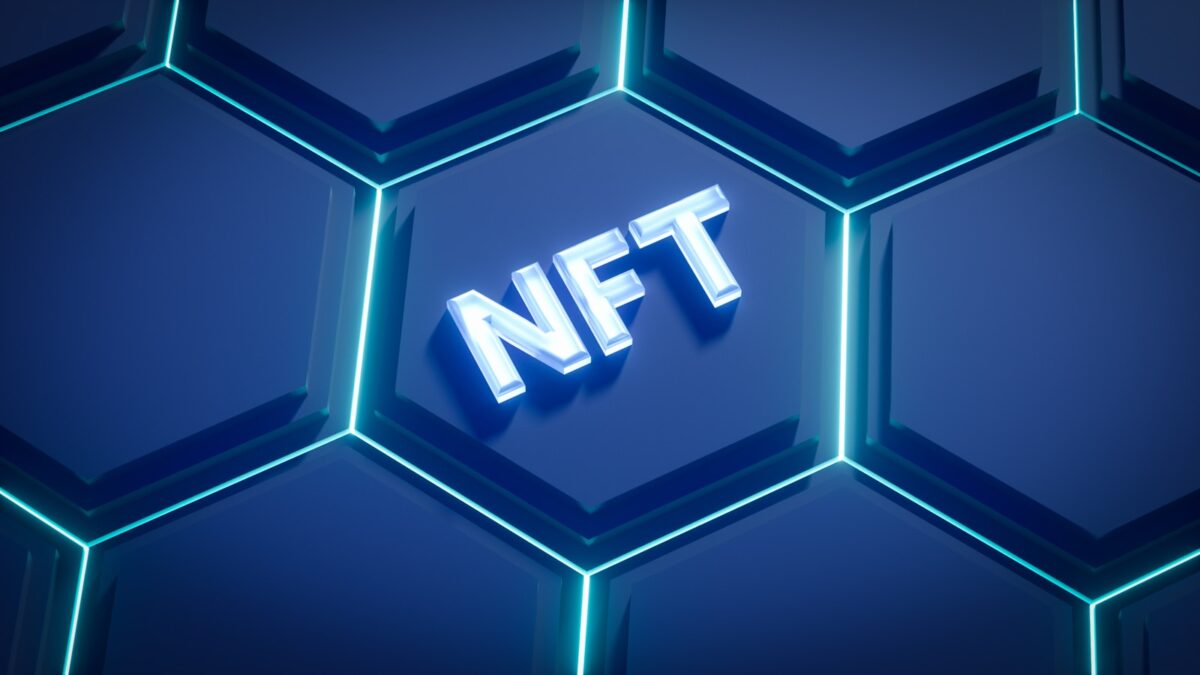
Blockchain state channels

State channels offer a practical solution to overcome network congestion by moving interactions off-chain, allowing multiple transactions without recording each on the main ledger. This approach drastically reduces fees and latency, enabling near-instant payment settlements while preserving security through cryptographic proofs.
By establishing private communication pathways between participants, these off-chain conduits facilitate rapid updates to the system’s status without involving the entire network for every exchange. Such mechanisms mirror concepts found in the Lightning protocol, where scalability is achieved by minimizing on-chain operations and maximizing trustless interactions within dedicated lanes.
The experimental setup of state-based pathways involves locking initial funds on-chain, then conducting numerous microtransactions instantly off-chain before final reconciliation. Researchers can observe how this method scales throughput linearly with the number of active pairs, circumventing bottlenecks inherent in global consensus protocols.
Investigating these frameworks encourages questions about optimal channel management, dispute resolution timing, and integration strategies for broader adoption. Embracing these innovations provides a roadmap toward efficient payment systems capable of handling high volumes with minimal confirmation delays across decentralized networks.
Blockchain state channels
For enhancing transaction throughput and minimizing on-chain congestion, off-chain payment solutions provide a practical alternative. These mechanisms allow participants to conduct multiple instant transfers without recording each operation directly on the main ledger, significantly reducing network load and fees. By opening a dedicated conduit between parties, users can exchange value rapidly while maintaining the security guarantees of the underlying system.
This approach is particularly effective for frequent microtransactions where latency and cost must be optimized. Leveraging cryptographic commitments, the two sides update balances within their private ledger segment before settling final states on the public record. Such techniques form the basis of the Lightning Network protocol implemented atop certain cryptocurrencies, enabling scalable and low-cost financial interactions.
Technical Foundation and Operation
The core principle involves creating a secured off-chain agreement that holds a snapshot of participants’ balances. This temporary ledger is updated with every interaction, reflecting new allocations after each transaction. Only when closing this corridor does the latest agreed-upon state get broadcasted to the main network for permanent validation. Thus, instantaneous transfers become feasible without incurring typical confirmation delays.
Channels use multi-signature contracts or smart contracts to lock initial funds on-chain, safeguarding assets during off-network exchanges. Each participant signs updates cryptographically, ensuring that no unilateral changes can occur without mutual consent. This collaborative updating process fosters trustlessness while preserving privacy by limiting public exposure of transactional details until settlement.
Use Cases and Experimental Insights
- Micro-Payments: Real-time content monetization platforms benefit from seamless micropayments enabled by these conduits, allowing consumers to pay per second or per view instantly.
- Gaming Economies: Fast asset trading within decentralized games becomes practical due to minimized latency and negligible fees compared to direct on-ledger transactions.
- IoT Device Interactions: Automated machine-to-machine payments leverage such structures for efficient energy or data exchanges in smart grids without overloading the primary chain.
Laboratory tests comparing traditional transaction processing with channel-based methods demonstrate substantial improvements in throughput–often exceeding several orders of magnitude–and drastic reduction in operational costs. These findings invite further exploration into adaptive routing algorithms within complex network topologies to optimize path selection and liquidity distribution among interconnected pathways.
Challenges and Potential Developments
A key limitation lies in managing collateral locked within these mechanisms which may reduce capital efficiency if not dynamically adjusted. Additionally, interoperability between heterogeneous networks remains an open research area requiring standardized protocols for cross-platform communication of state updates. Active experimentation with hybrid models combining off-network updates and selective on-network checkpoints aims to balance scalability with robustness against adversarial behaviors.
The ongoing evolution of these constructs suggests promising avenues for future financial infrastructures emphasizing speed, affordability, and security simultaneously. Experimental frameworks encourage hands-on testing through simulated environments replicating diverse network conditions and adversarial scenarios, fostering deeper understanding among practitioners aiming to implement scalable distributed payment systems.
How State Channels Reduce Fees
Reducing operational costs in decentralized networks can be effectively achieved by leveraging off-chain mechanisms that allow multiple transactions to occur without burdening the main ledger. By establishing a dedicated communication path between participants, instant updates of the internal condition are possible without incurring on-chain fees for every single transaction. This approach drastically lowers cumulative expenses compared to executing each transfer individually on the primary network.
The fundamental principle involves locking assets within a secure contract and permitting numerous interactions off the main record before final settlement. Such arrangements maintain cryptographic proof of each participant’s balance or status, ensuring trustless interaction while significantly minimizing the frequency of expensive on-ledger confirmations. The final state is only submitted once parties conclude their exchanges or decide to close their agreement.
Technical Breakdown of Fee Reduction via Off-Ledger Agreements
Instant transaction confirmation is achievable because updates occur independently from the network’s consensus mechanism until closure. For instance, lightning-style protocols enable rapid exchanges by avoiding repeated network validations for each payment, thus reducing gas or fee consumption per micro-transaction. The cost savings emerge primarily from aggregating numerous transfers into a single on-ledger settlement, rather than paying for every individual transaction.
This method also enhances scalability by alleviating congestion pressures on transactional throughput. When many users interact frequently, pushing all interactions through the central ledger would lead to exponential fee increases and slower processing times. Utilizing isolated conduits allows these operations to happen in parallel streams, deferring resource-intensive computations until necessary and optimizing overall network performance.
- Example: In Ethereum-based environments, channel implementations have demonstrated up to 90% reduction in total fees during intensive trading sessions due to fewer required confirmations.
- Case study: Lightning Network usage on Bitcoin shows significant fee drops by batching payments off mainchain, enabling micropayments unfeasible at conventional fee levels.
The security model still guarantees immutability upon state resolution since cryptographic signatures validate every intermediate adjustment. Malicious actors cannot alter balances undetected because any attempt would require breaking digital signature schemes or hash locks embedded within smart contracts governing these agreements. Hence, financial integrity remains intact despite moving transaction load away from persistent storage.
This technique invites further exploration into optimizing inter-node communication and dispute management strategies that preserve decentralization while maximizing efficiency gains. Experimentation with hybrid frameworks combining off-ledger settlements and selective on-chain checkpoints presents promising avenues for future innovations targeting cost-effective scaling solutions in distributed ledgers.
Setting up a payment channel
Establishing a payment conduit within a decentralized network requires locking funds in a multi-signature contract that serves as the foundation for instant off-chain transactions. This mechanism enables two parties to transact repeatedly without broadcasting every transfer to the main ledger, thereby reducing load and latency. The initial setup involves both participants committing an agreed amount of cryptocurrency into the contract, which guarantees liquidity and enforces transaction finality once the channel closes.
The setup process benefits from lightning-fast confirmation times characteristic of off-network operations, allowing near-instantaneous value exchange. Once established, updates to the transactional state occur off-ledger via signed messages exchanged between involved entities. This approach significantly enhances scaling capabilities by mitigating congestion on the core network and lowering fees related to on-chain verification.
Technical steps and considerations
To initiate such a conduit, users must first synchronize their client software with the underlying protocol supporting instant micropayments. Key generation and secure key management are critical during this phase to prevent unauthorized access. Following this, participants create an initial commitment reflecting their respective deposits, forming a cryptographic snapshot of the locked balances.
Subsequent transfers modify this snapshot through incremental updates that both parties sign digitally. Each update overwrites the previous one, ensuring that only the latest agreed-upon state can be settled back onto the primary ledger upon closure. Implementations often incorporate penalty mechanisms to deter attempts at publishing outdated states, thus preserving trustlessness in peer-to-peer interactions.
Resolving disputes off-chain
Disputes in payment networks can be efficiently resolved by leveraging off-main ledgers, where the current status of transactions is maintained independently from the global registry. This approach allows participants to update and verify transactional states instantly without burdening the primary ledger with every single interaction. By signing mutually agreed-upon updates, parties ensure that the last agreed condition can be enforced on-chain if necessary.
The core mechanism involves participants maintaining a synchronized record of their interactions within a private framework. When disagreements arise, they submit cryptographically signed evidence representing the latest valid transaction state to a decentralized adjudicator. This process bypasses prolonged contention on the public network and significantly reduces latency, especially during high-frequency exchanges.
Technical overview of dispute resolution in off-main frameworks
Off-network mechanisms rely on incremental state updates stored locally between participants until final settlement or conflict emerges. Each update reflects an evolution of balances or commitments, secured through multi-signature validation. Should one party attempt to present an outdated transactional record as valid, counterparty evidence demonstrating a more recent consensus state serves as a rebuttal.
For example, protocols such as Lightning utilize time-locked contracts and penalty schemes to discourage dishonest behavior. In practice, if a participant broadcasts an old commitment transaction, the other party can claim all funds by revealing a breach remedy key within a specified timeout window. Such incentive-compatible designs promote honest cooperation by embedding economic consequences directly into dispute handling.
This architecture also supports instant microtransactions without incurring fees typical for on-ledger settlements. The underlying idea is to accumulate numerous small-scale transfers off-network while periodically reconciling netted results onto the main chain only when disputes occur or channels close voluntarily. Consequently, throughput improves drastically while maintaining trust via cryptographic proofs and economic deterrents.
Empirical studies demonstrate significant scalability gains when employing these dispute resolution models in real-world deployments. For instance, implementations combining segmented payment routing with robust fraud proofs enable continuous operation despite adversarial attempts at manipulation. Researchers have observed reductions in confirmation times from minutes to seconds and cost savings exceeding 90% compared to baseline on-chain alternatives.
Closing and Settling Channels: Technical Insights and Future Trajectories
Efficiently terminating off-chain conduits while accurately settling final states on the main ledger is fundamental for achieving scalable network throughput. Optimizing closure protocols reduces on-chain congestion by minimizing costly transactions, thereby preserving the core advantage of instant payments facilitated through these mechanisms.
Precise handling of settlement disputes demands cryptographic proofs and time-locked conditions to ensure fairness and prevent fraud. The integration of penalty mechanisms deters misbehavior, reinforcing trust within payment corridors such as those modeled by lightning networks.
Key Technical Considerations
- Optimized Settlement Finality: Employing commitment schemes with incremental updates reduces data payloads during channel termination, enabling rapid synchronization with the global consensus layer without compromising security.
- Dispute Resolution Efficiency: Time-bound challenge periods allow participants to contest outdated states before final settlement, balancing between instant usability and robust verification windows.
- Multi-Hop Payment Closure: Coordinated closing sequences across linked conduits require atomicity guarantees to avoid fund lockups, highlighting the need for cross-channel communication protocols.
The broader impact extends beyond mere transaction throughput; refined off-mainnet clearing methods empower micropayments at scale, unlocking new business models reliant on sub-second confirmation times. As experimental implementations mature, we anticipate protocols evolving toward dynamic channel management–adjusting capacity and participant sets without full shutdowns. This adaptability will enhance liquidity efficiency across decentralized payment fabrics.
- Research into zero-knowledge proofs promises further compression of closure data, potentially allowing confidential settlements that preserve user privacy while maintaining auditability.
- Emerging proposals for multi-party state updates aim to generalize bilateral interactions into mesh-like networks, amplifying scaling benefits beyond simple pairwise arrangements.
Future developments should prioritize standardized interfaces facilitating seamless interoperability among heterogeneous systems implementing these off-ledger pathways. Such unification will drive widespread adoption by reducing integration complexity and fostering composability in multi-protocol ecosystems.
Continuous experimentation remains crucial–testing various settlement algorithms under adversarial conditions will reveal optimal trade-offs between speed, cost, and security. This iterative approach embodies the scientific pursuit behind advancing rapid payment infrastructures that underpin next-generation financial applications worldwide.


